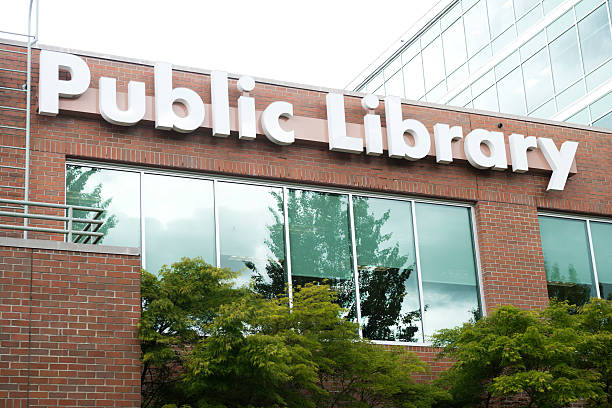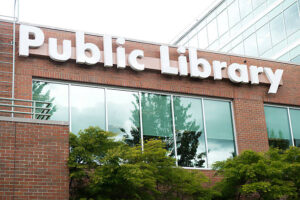Clever Building Signage That Boosts Your Brand’s Visibility
In today’s competitive marketplace, leveraging effective building signage is essential for any business wanting to make an impression. A well-placed, professionally designed sign on the exterior of your building isn’t just a marker — it’s a powerful communication tool that signals to customers who you are, what you stand for, and why they should engage with you. As your building serves as the first physical touch point for many customers, the signage you choose can speak volumes about your brand.
Good building signage does far more than simply display your business name: it enhances visibility, strengthens brand identity, and draws footfall. When people approach your street frontage, what they see sets the tone for their experience. A clear, modern sign says you are active, relevant and professional.
Key attributes of effective building signage
1. Clarity and readability
One of the most important aspects is readability from a distance. Choose fonts and colours that contrast well, ensure your message is concise and the layout is clean. If a passer-by can’t read your sign in a few seconds, you’ve missed your chance.
2. Brand alignment
Your signage should reflect your wider brand identity — colour palette, logo, tone. Consistency builds recognition and reinforces trust. The sign should feel like a natural extension of your brand, not an afterthought.
3. Durability and material selection
Building signage is exposed to the elements — sun, rain, wind. Opting for materials built to last will keep your investment working for you year after year, without fading or damage. This includes high-grade printing, weatherproof finishes and strong installation.
4. Strategic placement and lighting
Placement matters. Your sign needs to be at eye‐level or higher, unobstructed, and in a place where potential customers are most likely to notice it. Lighting adds extra impact, especially during early morning or evening hours — illuminated signs ensure your business remains visible 24/7.
Common types of building signage and their benefits
-
Channel letters / dimensional letters: These give depth and professionalism to a storefront or office façade.
-
Pylon or monolith signs: Ideal for larger sites where distance viewability is key.
-
Backlit or illuminated signs: Maximise visibility after dark and during low-light conditions.
-
Window graphics and vinyl wraps: Transform large glass façades into attention-grabbing brand messages.
-
Way-finding and directional signage: Strong signage not only attracts but also guides customers around your site effectively.
Each type can play a role in creating a cohesive sign system that complements the architecture of your building and the flow of pedestrian or vehicle traffic.
How to plan your building signage project
Step 1: Review your façade and surroundings
Begin by walking around your building at different times of day. Observe where your current signage sits, how visible it is, and what obstacles (trees, power lines, neighbouring signage) might compete for attention.
Step 2: Define your message and audience
Is your goal simply to display your company name, or to communicate an offer, service or brand story? Who are you targeting — passers-by, drivers, clients arriving for appointments? Understanding your audience will shape the final design.
Step 3: Collaborate with a signage specialist
Working with a professional sign-writer ensures you get the right advice on materials, design, installation and compliance. They’ll help you achieve a sign that’s not only attractive but also safe and durable.
Step 4: Ensure longevity and maintenance
Ask about warranties, cleaning requirements and upgrade options. A well maintained sign reflects well on your business and saves you replacement costs down the track.
Avoiding common mistakes
-
Over-crowded design: Too many words or graphics make your sign hard to read.
-
Poor colour contrast: Low contrast between text and background reduces legibility.
-
Wrong scale for location: A sign too small in a large setting may go unnoticed; too large in a confined space can feel out of place.
-
Ignoring branding consistency: If your signage doesn’t match your online and print presence, it weakens your brand.
-
Neglecting installation quality: Even the best design can suffer if not properly installed—alignment issues, loose fixings or poor lighting all undermine effectiveness.
Case in point: community impact
Businesses that invest in high-quality building signage often report immediate gains in walk-in traffic, enquiries and brand recall. A clear, well-designed sign acts as a beacon of professionalism and legitimacy. It can turn an otherwise overlooked storefront into a strong marketplace presence.
Conclusion
If your business is ready to elevate its physical presence, investing in smart building signage is a strong step forward. From concept to installation, the right signage partner can make the process seamless and effective. For professional design, high-grade materials and flawless execution, consider working with Screen Signs — your brand deserves to be seen and remembered.
visit: overlypost













